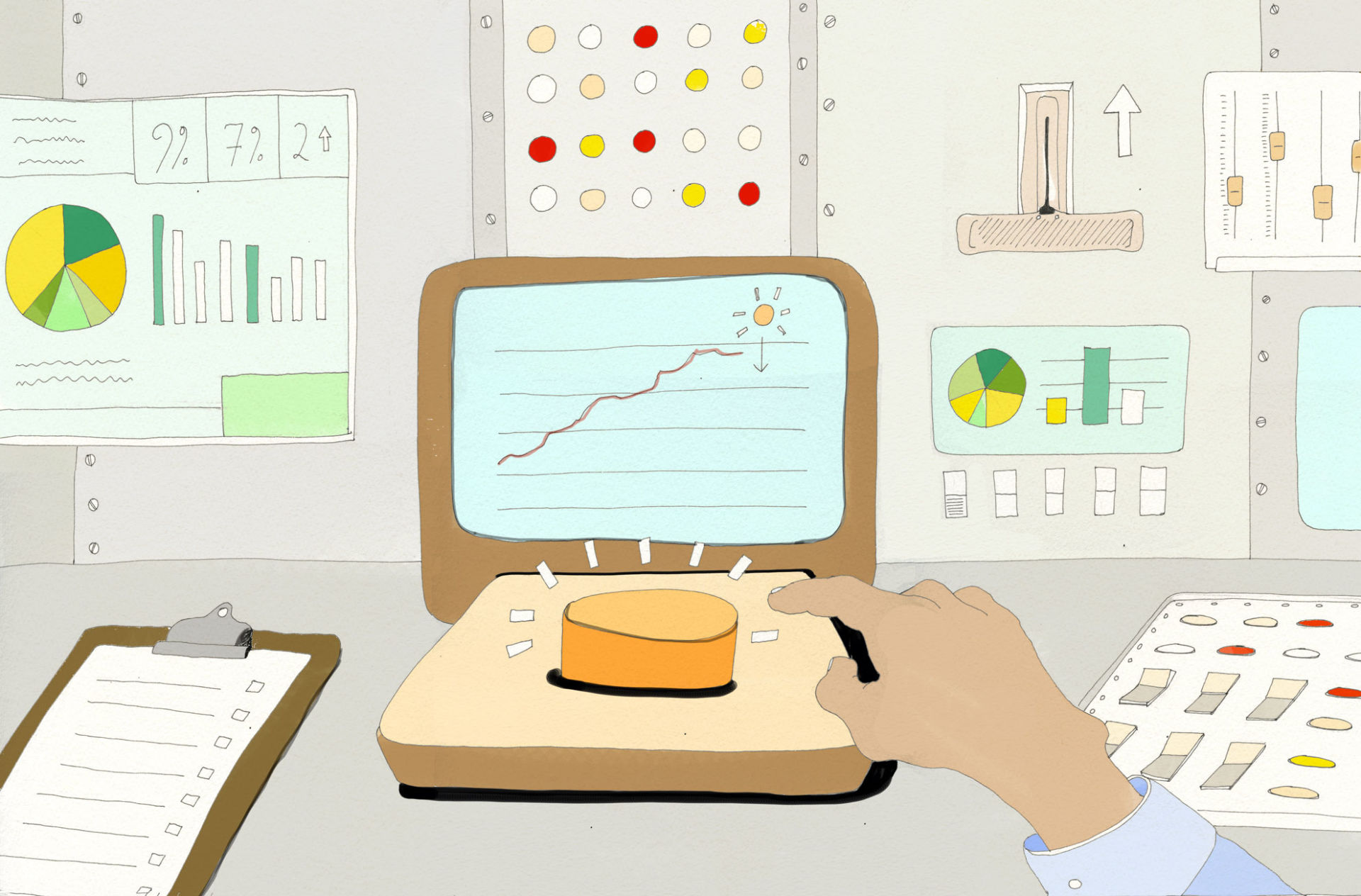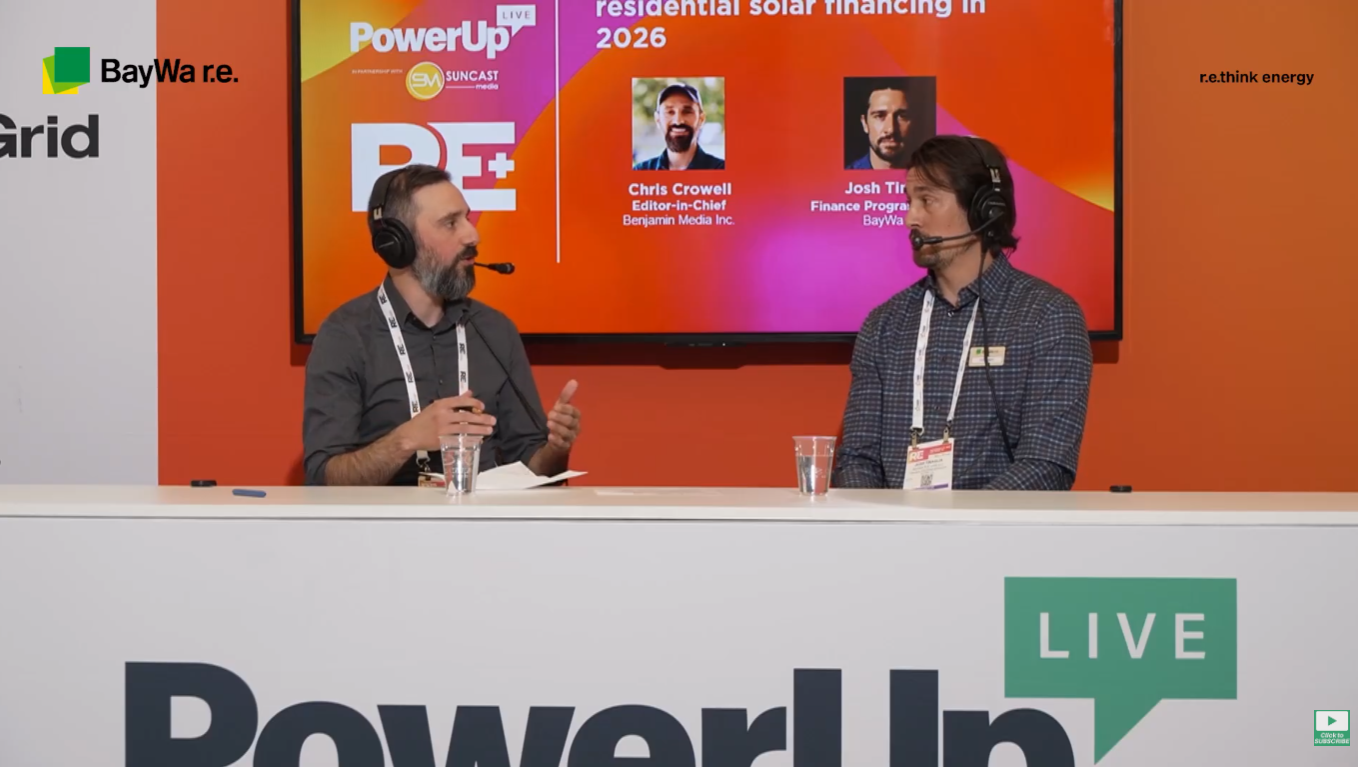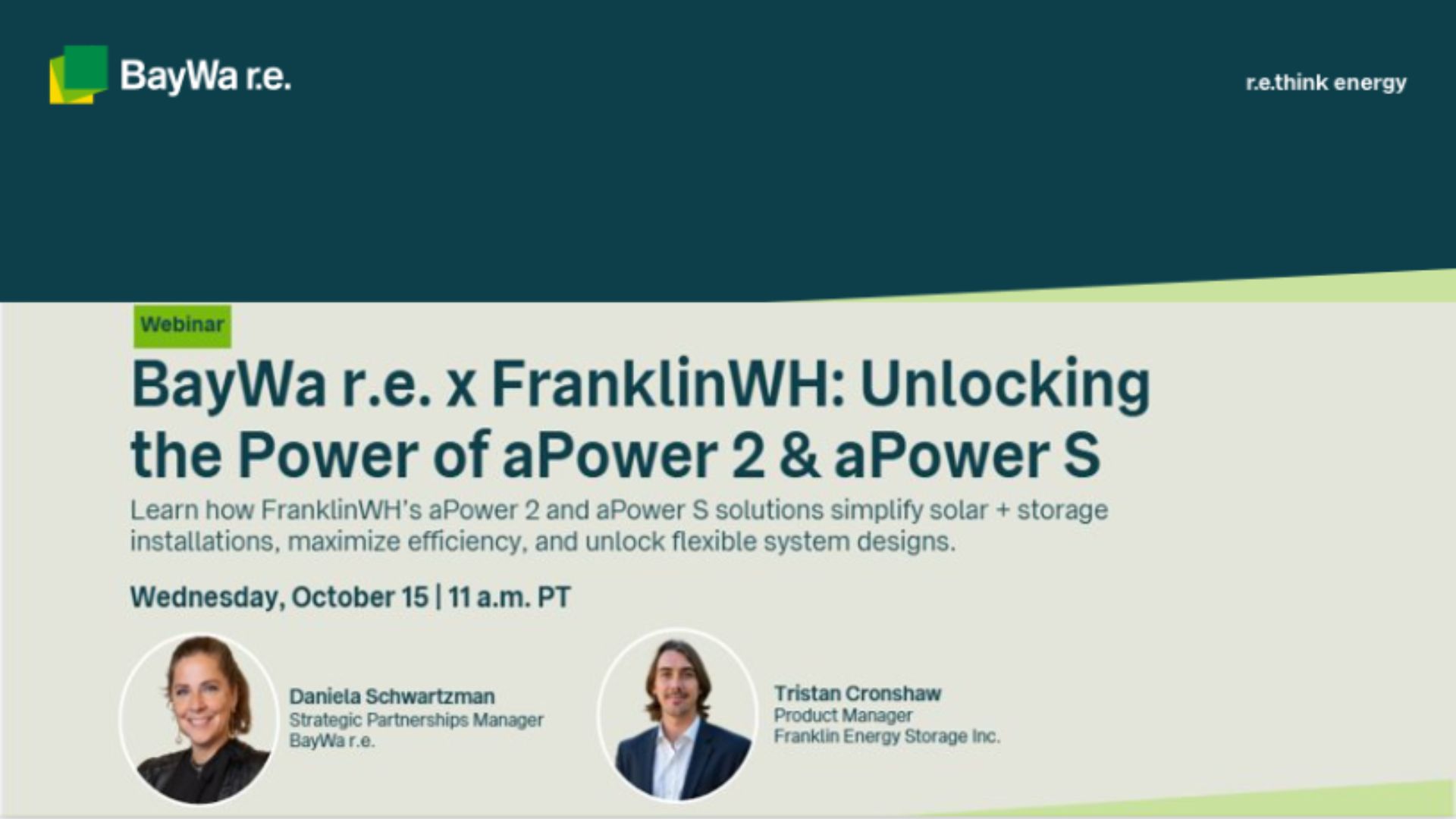
Illustration, Tom Miller
Solar soft costs are most often associated with project-related activities like permitting, installation, and interconnection, and business activities like sales, marketing, overhead, and profit. While data management doesn’t usually get its own line item, data management costs are substantial.
Project permitting, for example, requires both data entry and the exchange of data; so does interconnection and financing. Sometimes a dataset will get entered manually into one database only to later be entered again into another database. All of this takes time and money.
Companies in all segments of the solar industry, including residential and commercial solar, incur substantial costs to collect and report on this data. In one case, Wells Fargo spent about $75,000 collecting data just so it could perform due diligence on a portfolio of solar and wind projects.
In fact, according to the National Renewable Energy Laboratory (NREL), data management contributes as much as 30 percent to system costs. In other words, we’re paying around the same amount for data management as system hardware.
Taking direct aim at these solar soft costs, Orange Button wants to make it easier to collect and report solar project data and create standards to lower solar soft costs across the industry.
With funding from the US Department of Energy, the Orange Button standard sponsors—NREL, Smart Electric Power Alliance, SunSpec Alliance, and kWh Analytics—have been working behind the scenes with over 115 supporting companies to develop the Orange Button standard for the solar marketplace.
What are data standards?
Data standards start with a taxonomy, incorporating all the terms needed to represent a solar project. These are specifications similar to what you’ll find in a product cut sheet: rated power, conversion efficiency, weight, warranty period, etc. In a solar loan or lease agreement, you have loan amount, interest rate, and monthly payment. A utility interconnection agreement has an initial operation date, utility rate tariff, inverter model number, and the street address of the customer-generator.
Once the taxonomy is in place, then you need a unified method to collect and share the data. But solar data is messy and is wrapped in various types of digital files including Excel, PDF, vector-based files and a myriad of other proprietary formats. Accessing or modifying data may require a paid license. Then there is open source data that enables users to interact with it on a software platform of their choice.
Setting data standards means creating a uniform standard to collect and share all of this data, across a variety of platforms. It’s not a simple task.
Rising to this challenge, developers working with the SunSpec Alliance and XBRL US are creating a solar-specific taxonomy known as the Orange Button standard. For maximum accessibility, Orange Button developers have prioritized open-source file formats, starting with JSON and XML. Using software that can reference the full collection of terms in the Orange Button taxonomy and the contents of a solar project document, this would mean standardized data, with far less manual data entry and data validation for almost everyone involved in solar project development and operations.
How data standards can affect residential solar
It’s fair to wonder how relevant the Wells Fargo story is to your solar contracting business. Nobody’s spending $75,000 just to evaluate your residential or commercial projects. However, big investors are interested in distributed solar, but some of them have been put off by the amount of paperwork needed to issue funding and track performance. (Four years ago, Previtali’s division at Wells Fargo was temporarily shut down by internal auditors because data management was so unwieldy. Wells Fargo responded by shifting resources away from distributed generation to utility-scale projects.)
Data standards can have the most significant impact in residential solar and commercial solar, where data management costs are far and away the highest relative to system costs.
You might remember when, years ago, residential solar saw a big spike after finance companies recognized the value of the third-party ownership model. This allowed homeowners to go solar, with no money down, for the first time. And homeowners with good credit continue to enjoy easy access to solar financing.
The hope is, once Orange Button resolves data management inefficiencies for projects of all sizes, the cost of capital will go down for all projects bringing additional capital into the market and making residential solar accessible to more customers than ever before.
Next steps for developing data standards
Until recently, Orange Button development has been driven by public funding and followed a deliberate, predictable timeline. Going forward, however, the project will depend mainly on industry funding. And, like any open source software project, participants must contribute value to extract value. In this capacity, SunSpec Alliance has taken on a leadership role and is seeking corporate sponsors to fund further development of the Orange Button standard. Wells Fargo and kWh Analytics continue to play a pivotal role, as do software vendors such as Blue Banyan Solutions.
Several companies have invested resources to demonstrate Orange Button capabilities. Clean Power Research, for example, reported Rule 21 compliance using the Orange Button standard. This was accomplished by Orange Button developers who identified product cut sheets as an essential group of source documents and made them machine readable. As a result, Clean Power Research can easily pull data from inverter cut sheets and pass on the data to utilities and the State of California. Without this data standard, compliance would have required time-consuming, manual data entry, layering unnecessary costs into the process.
How can we help?
Everyone who wants to grow the residential and commercial solar markets has an interest in the Orange Button standard. Adoption of the standard will have a direct downward effect on residential solar project costs. How can we accelerate adoption?
From Matt Hirsch, Solar r.e.view contributor: “For the past six months, I’ve been working with the Smart Electric Power Alliance to unearth examples of how data management inefficiencies drive up project costs and how software developers are tackling those inefficiencies with data standards. I have collected testimonials and case studies from project developers, investors, and asset managers, but this work is incomplete.”
Contractors can report on the data management inefficiencies that occur in your projects and discuss solutions with software vendors who are participating in the Orange Button Implementor’s Network. More importantly, any time you are collecting solar project data, including product cut sheets, finance contracts, and interconnection agreements, get in the habit of asking for open source data formats that can comply with the Orange Button standard.
Lastly, encourage any skilled software developers you know to participate in the Orange Button developers working group. It will take time for developers to standardize all project source documents. The sooner this project is completed, the sooner we will all enjoy cost reductions in all segments of the solar market.




